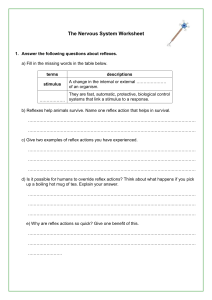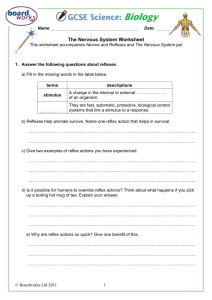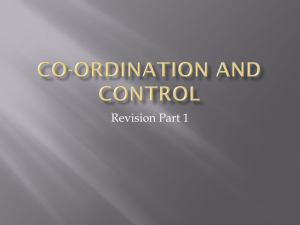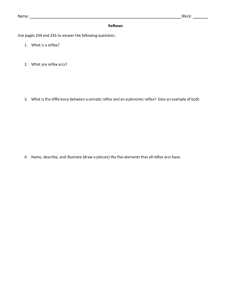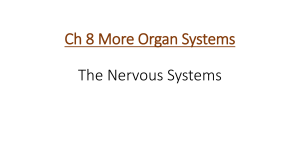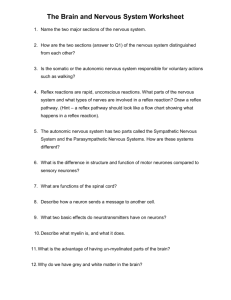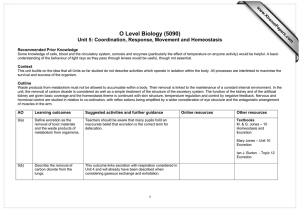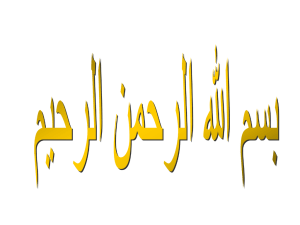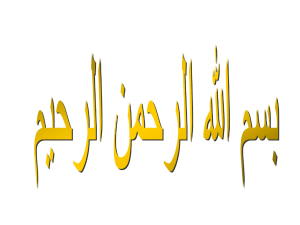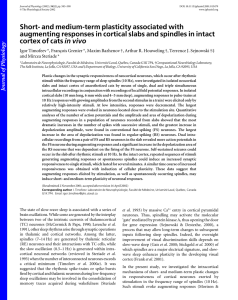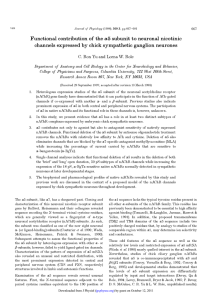Control and Communication homework
advertisement
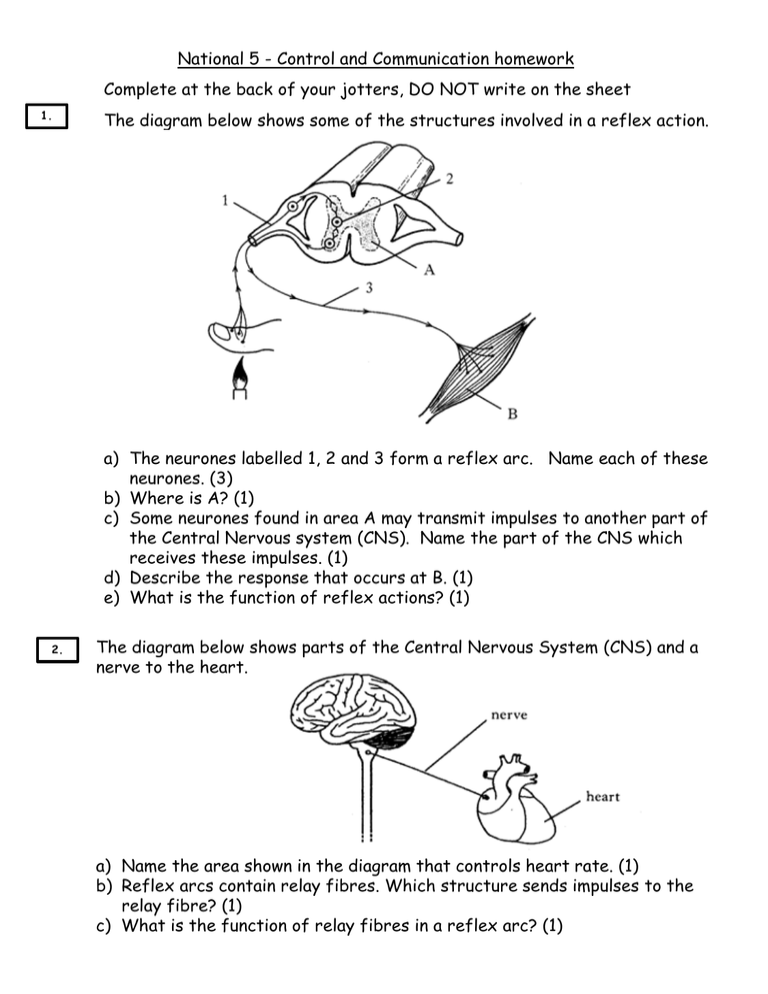
National 5 - Control and Communication homework Complete at the back of your jotters, DO NOT write on the sheet 1. The diagram below shows some of the structures involved in a reflex action. a) The neurones labelled 1, 2 and 3 form a reflex arc. Name each of these neurones. (3) b) Where is A? (1) c) Some neurones found in area A may transmit impulses to another part of the Central Nervous system (CNS). Name the part of the CNS which receives these impulses. (1) d) Describe the response that occurs at B. (1) e) What is the function of reflex actions? (1) 2. The diagram below shows parts of the Central Nervous System (CNS) and a nerve to the heart. a) Name the area shown in the diagram that controls heart rate. (1) b) Reflex arcs contain relay fibres. Which structure sends impulses to the relay fibre? (1) c) What is the function of relay fibres in a reflex arc? (1) 3. The following table shows the average brain and body masses of several animals. Animal Average brain mass (g) Average body mass (g) Ratio of brain : body mass Monkey 100 7000 1:70 Kangaroo 56 35000 1:625 Cat 30 3300 1:110 Racoon 39 4290 1:110 Squirrel 6 900 1:150 Frog 0.1 18 a) What is the ratio of brain : body mass for the frog? (1) b) Of the following animals, which has the smallest brain compared to their body mass? (1) Kangaroo Cat Racoon Squirrel 4. The homeostatic control of blood glucose concentration carried out by the human liver is shown in the diagram below a) b) c) d) 5. Name the storage carbohydrate found in the liver. (1) Name hormones X and Y. (2) Name the organ that produces X and Y. (1) Eating a meal increase blood glucose levels. Explain how the blood glucose concentration is returned to normal after a meal. (2) Write a short report on the causes and treatment of both Type 1 and Type 2 diabetes. Make reference to the levels of diabetes of Scotland. (5) Total = 23 marks

